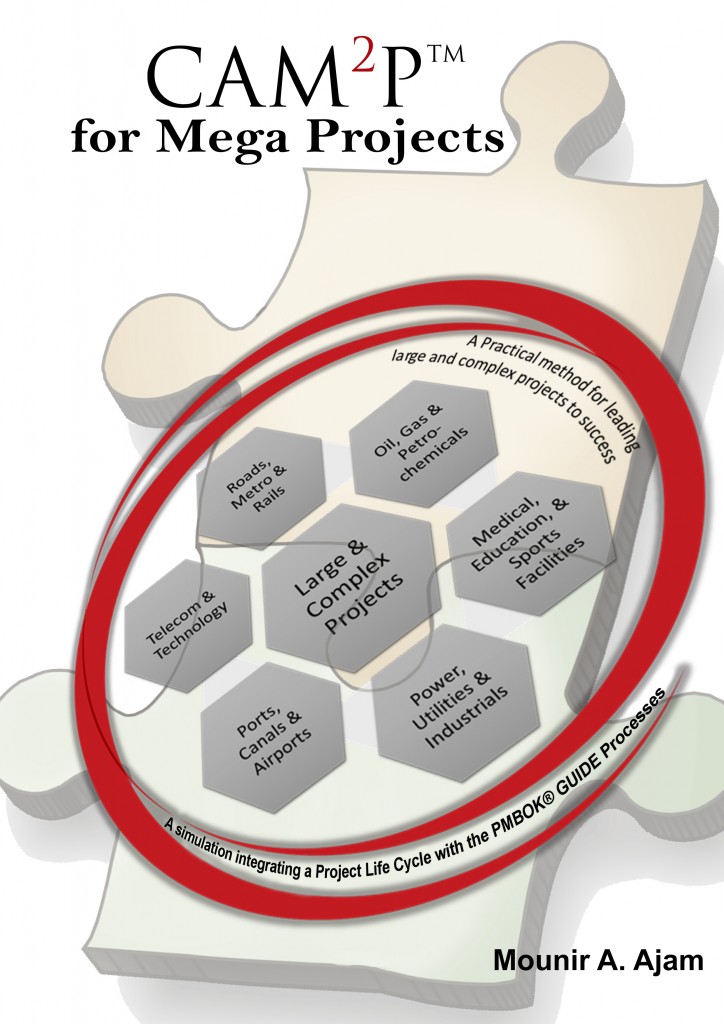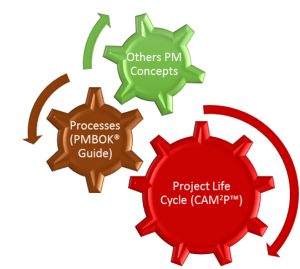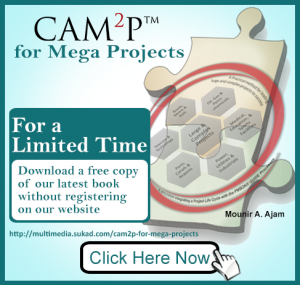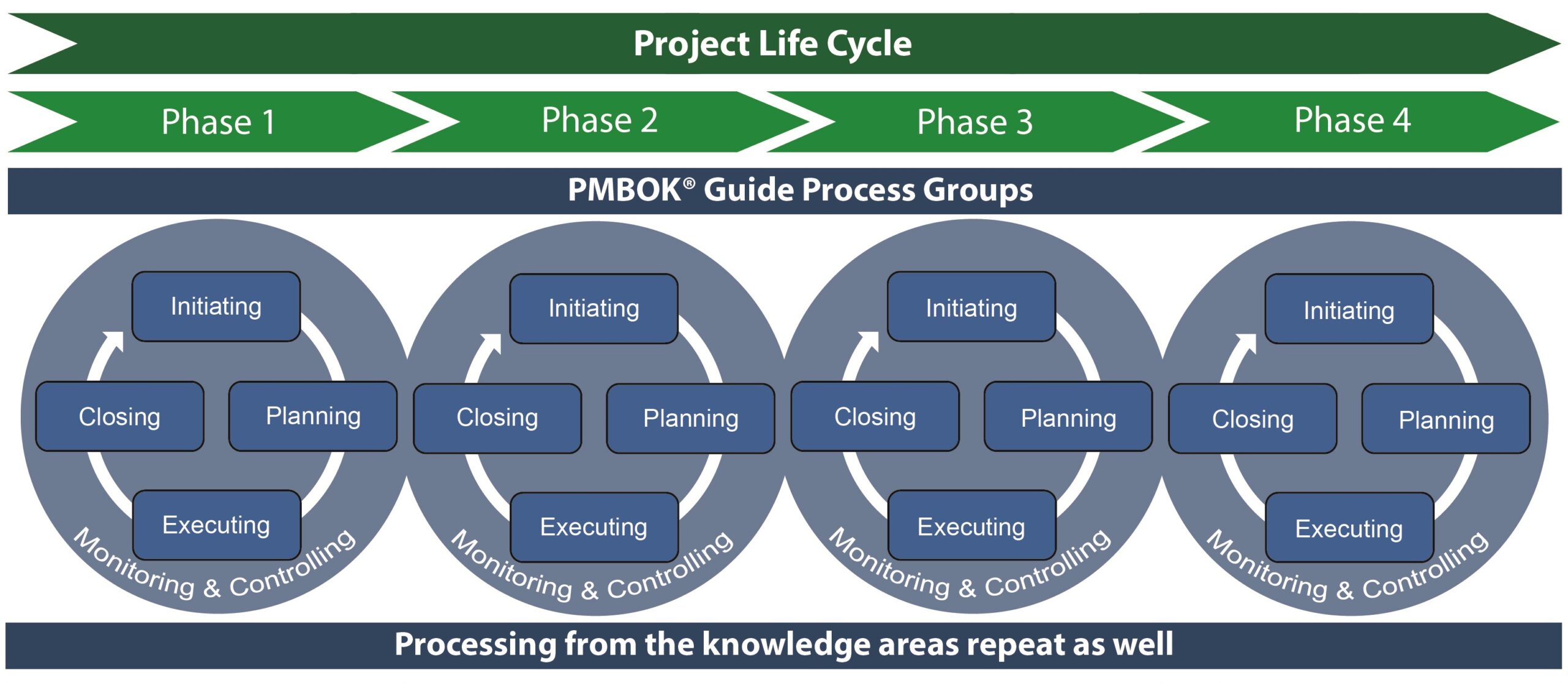Over the last few years, we have been publishing this blog site, e-books, and books. Some of the articles were from the books that we are publishing and vice versa.
Today, as we close on 200 articles (this is no 200) we want to share with you our latest book, it is CAM2P™ for Mega Projects.
Book Brief
This book is about a Practical Method for Leading Large and Complex Projects to Success. It is a realistic simulation of a mega project, combining a project life cycle method with PMBOK® Guide process groups.
The Commercial
We had developed this model about eight years ago and we deliver workshops on this approach, primarily through the Essentials of Project Management workshop. We also offer Introduction to Project Management, Project Management for Non-Project Managers, and Managing Across the Project Life Span. For more information about our learning program please visit the Learning & Development Site.
We also work with clients to help them implement this methodological approach with their organizational project management system.
CAM2P™ For Mega Projects
 The Essential Learning Areas
The Essential Learning Areas
This book and simulation present various learning areas, with emphasis on three major learning areas. The three major learning areas of this simulation, and how they are extensively integrated and used, are:
 Project Life Cycle (Project Life Span), inclusive of phases, stages, and stage gates.
Project Life Cycle (Project Life Span), inclusive of phases, stages, and stage gates.
This would be an overview of a project management method that has been customized for capital-intensive projects and adapted to large and complex project.
This learning area is based on CAM2P™ as its platform and the foundation for all other topics. This first area has the most coverage in the book.
Project management processes and the repetitive process groups. The PMBOK® Guide is the major reference However, the book includes processes that are either not in the PMBOK® Guide or are not explicitly stated; more on this point in Chapter 6.
In each of the stage chapters, the process groups are presented in details, including their deliverables and gates. The detailed coverage is necessary since these process groups repeat; refer to Chapter 3.
Other project management concepts that are needed for managing projects[i]. These include project classifications, various approval points, change management, best practices, the human aspects of project management and sustainability.
In addition, the book includes discussions on how a project management method must link to the organizational project management system[ii]. Finally, presents a project success model. The project success model is inclusive of performance metrics, which are necessary to assess the project management performance in addition to measuring multi-dimensional project success.
[i] From various sources and personal experiences.
[ii] The organizational project management system is NOT a computer or IT system. It is the organizational system of policies, procedures, guidelines, templates, governance, flowcharts, for managing projects, programs, and portfolios in the organization. Refer to Chapter 9.
Download a Free Copy
This is for a limited time only; from today until 15-05-15



Trackbacks/Pingbacks